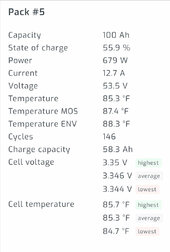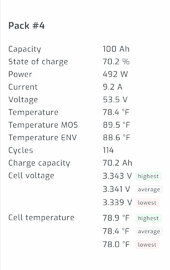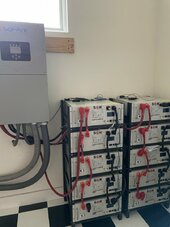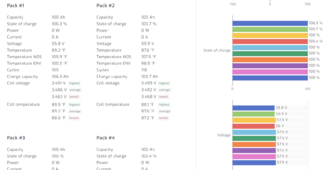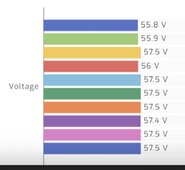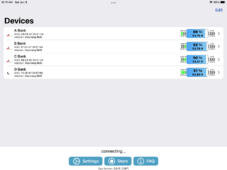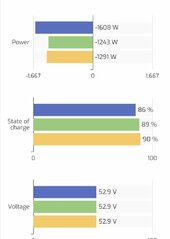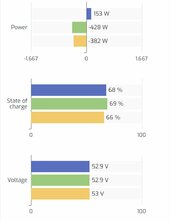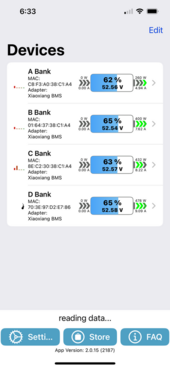Noticed this recently. A few of my batteries are differentially discharging or charging faster than other packs.
In fact when it get really low I notice a strange behavior in that the system alternates between charging and discharging every 20-30 seconds. (I have a TOU setting when it drops below 20% it will grid charge)
In fact when it get really low I notice a strange behavior in that the system alternates between charging and discharging every 20-30 seconds. (I have a TOU setting when it drops below 20% it will grid charge)



